Rural and agricultural census 2025 from July 1-30
The rural and agricultural census is one of the three largest statistical censuses, organized every 10 years, to collect comprehensive information on agriculture, forestry, fisheries and the status of rural development nationwide.
On June 7, 2024, the Prime Minister issued Decision No. 484/QD-TTg on organizing the 2025 Rural and Agricultural Census.
Accordingly, the 2025 Rural and Agricultural Census will be implemented to collect information nationwide for 30 days, starting from July 1 to July 30, 2025.
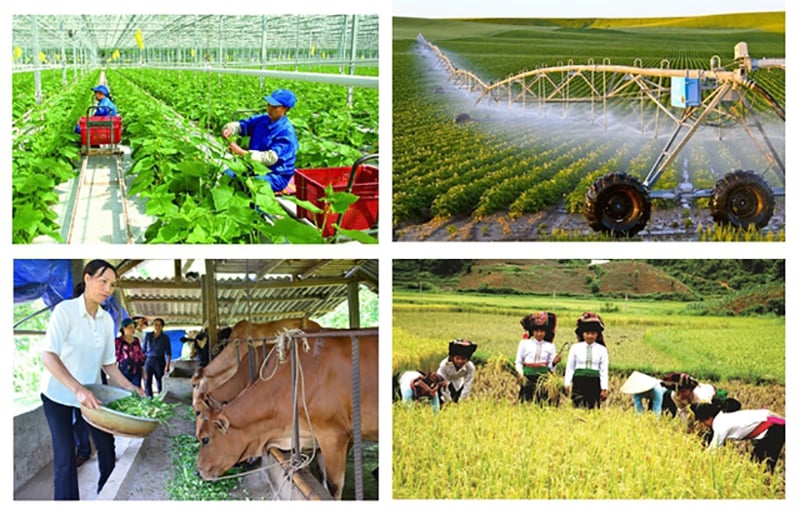 |
This census is of great significance, especially in the context that Vietnam is promoting the transformation of agriculture and rural areas towards modernity and sustainability, requiring a strong enough data platform to serve policy making, analyze development trends, serve national target programs and meet new requirements in the context of international integration.
Purpose of the 2025 Agricultural and Rural Census
The 2025 Agricultural and Rural Census collects basic information on agriculture, forestry, fisheries and rural areas to meet the following main purposes:
Firstly, assess the current situation, analyze changing trends, develop plans and strategies for sustainable development for rural areas and the agriculture, forestry and fishery sector, thereby improving the living standards of rural people nationwide as well as in each locality;
Second, to serve research to assess the scale and structure of rural labor and agricultural, forestry and fishery labor; changes in rural infrastructure; the implementation of some contents of national programs and targets in the rural and agricultural, forestry and fishery sectors; to serve international comparisons of rural and agricultural, forestry and fishery sector indicators;
Third, build a database on rural areas and agriculture, forestry and fisheries to serve in-depth research, serve as a sampling frame for a number of annual periodic surveys on agriculture, forestry and fisheries, and meet other statistical requirements.
Requirements of the 2025 Agricultural and Rural Census
The requirements of the 2025 Agricultural and Rural Census are: The organization, information collection, data processing, synthesis, publication and storage of census data must be carried out in accordance with the provisions of the Census Plan;
Ensure complete, accurate, timely, non-duplicated, and non-omitted collection of information specified in the General Census Plan;
Keep confidential information collected from survey units according to the provisions of the Law on Statistics; at the same time, the management and use of funds for the 2025 Agricultural and Rural Census must ensure compliance with current regulations and be used economically and effectively.
The 2025 Agricultural and Rural Census covers all households engaged in agriculture, forestry and fisheries.
Including self-producing households and hired households, production farms and rural areas where people reside even though they are not directly involved in agricultural, forestry and fishery production.
Clearly defining these subjects is an important basis for determining the investigation area, ensuring that no investigation units are duplicated or omitted.
The time of information collection for the 2025 Agricultural and Rural Census is as follows: Statistical indicators by time are collected based on actual numbers as of July 1, 2025. Statistical indicators by period are collected based on numbers arising in the 12 months prior to the time of the survey; or official numbers in 2024; or periods specified in each type of survey form.
New points of the 2025 Agricultural and Rural Census
With significant changes and improvements in the implementation process, the 2025 Agricultural and Rural Census has many new points compared to previous censuses, such as:
Firstly, the information collected in the 2025 Agricultural and Rural Census is more than that in 2016 to more fully meet the information needs of the Party, National Assembly , Government, Ministries, and localities on the current situation of agriculture, farmers, rural areas, and the structural shift of the agricultural, forestry, and fishery sectors and the rural labor structure.
Second, collect information with a more complete coverage. Including: Collect information on all crops and livestock of the household instead of only collecting information on some crops and livestock, mainly because the electronic survey form has been applied, making it easier to design the form and collect information. Supplement information to evaluate the efficiency of farm production activities.
Supplementing the Information Collection Form of Enterprises, Cooperatives, and Cooperative Unions in the 2025 Agricultural and Rural Census plan to ensure the full scope of the Census. In the previous phase, the design of this questionnaire was carried out within the framework of the annual enterprise sample survey.
Third, changes in the design and implementation method of household list forms help collect complete information and save costs: Applying the list form will simultaneously solve: Establishing a list of survey units of the household list; collecting some information to serve the calculation of labor and production indicators of non-agricultural, forestry and fishery households.
Fourth, connecting information of Farm Vouchers and Household Vouchers helps improve information quality and exploit multidimensional information for analysis and report compilation.
Fifth, make maximum use of existing administrative and survey data to minimize field data collection, helping to improve the effectiveness of the Census.
Sixth, change the form of information collection using electronic survey forms (CAPI and Webform) and online data management methods to control the progress and quality of the survey during the information collection process at the site; enhance accountability and centralized data management; shorten the time for information collection compared to paper forms.
Seventh, apply information technology in checking, cleaning and completing data such as applying machine learning to check and complete the industry code of the household based on the industry of the labor in the household; use digital maps in some stages of the 2025 Census.
Best preparation for the 2025 Agricultural and Rural Census
To best prepare for the 2025 Agricultural and Rural Census, the General Statistics Office has been and is continuing to urgently carry out preparations for the survey plan, human resources, technological equipment, etc.
Training on Household and Farm List Forms and Enterprise Forms in the 2025 Census was organized by the General Statistics Office in February 2025 with the participation of leaders and professional officials of 63 General Statistics Offices nationwide.
Thereby, helping to fully equip knowledge, skills, and procedures for making lists, ensuring proper implementation of the investigation plan and improving the quality of collected data.
One of the important steps to effectively and successfully implement the General Census is the household listing. This activity aims to create a list of all households within the scope of the survey, as a basis for dividing the survey areas and selecting appropriate enumerators. Currently, the household listing work is still being thoroughly implemented by the Statistical Offices nationwide.
Time for collecting household list information for urban areas from March 1, 2025; time for collecting household list information for rural areas from May 1, 2025.
It can be said that the 2025 Agricultural and Rural Census is not just a simple statistical task, it is also a comprehensive, scientific and accurate "review" of the current situation of rural and agricultural areas, thereby shaping sustainable, effective and practical development policies. Therefore, the cooperation of each citizen will contribute significantly to creating a comprehensive picture of rural Vietnam. Thereby, contributing to helping the Party, State and functional agencies formulate correct policies, serving the people and the country, for a sustainable development of rural and agricultural Vietnam.
According to Chinhphu.vn
Source: https://baoquangbinh.vn/kinh-te/202505/tu-17-tong-dieu-tra-nong-thon-nong-nghiep-nam-2025-2226147/





![[Photo] Top players gather at the 2025 Nhan Dan Newspaper National Table Tennis Championship](https://vphoto.vietnam.vn/thumb/1200x675/vietnam/resource/IMAGE/2025/5/23/9ad5f6f4faf146b08335e5c446edb107)


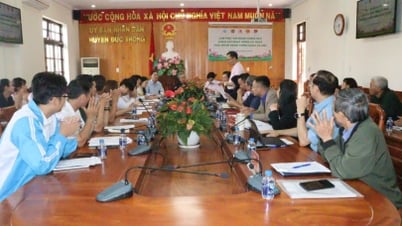

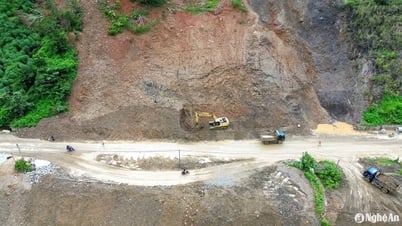





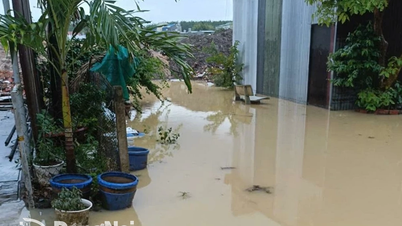

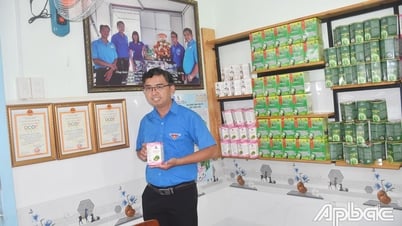







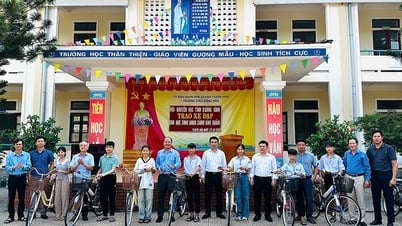
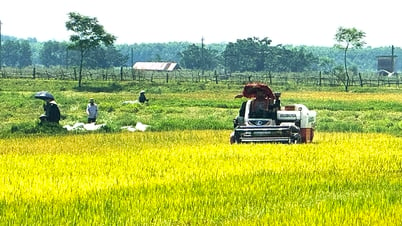
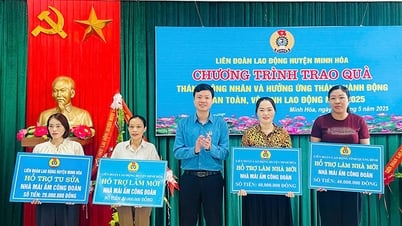
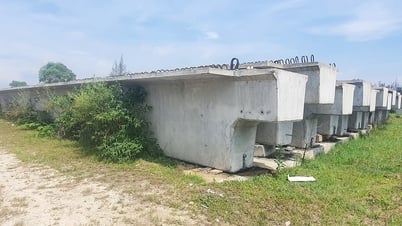





















































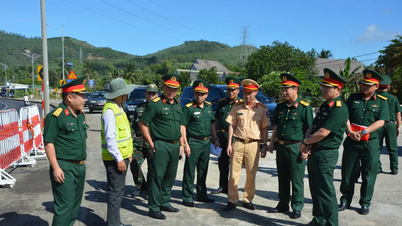













Comment (0)